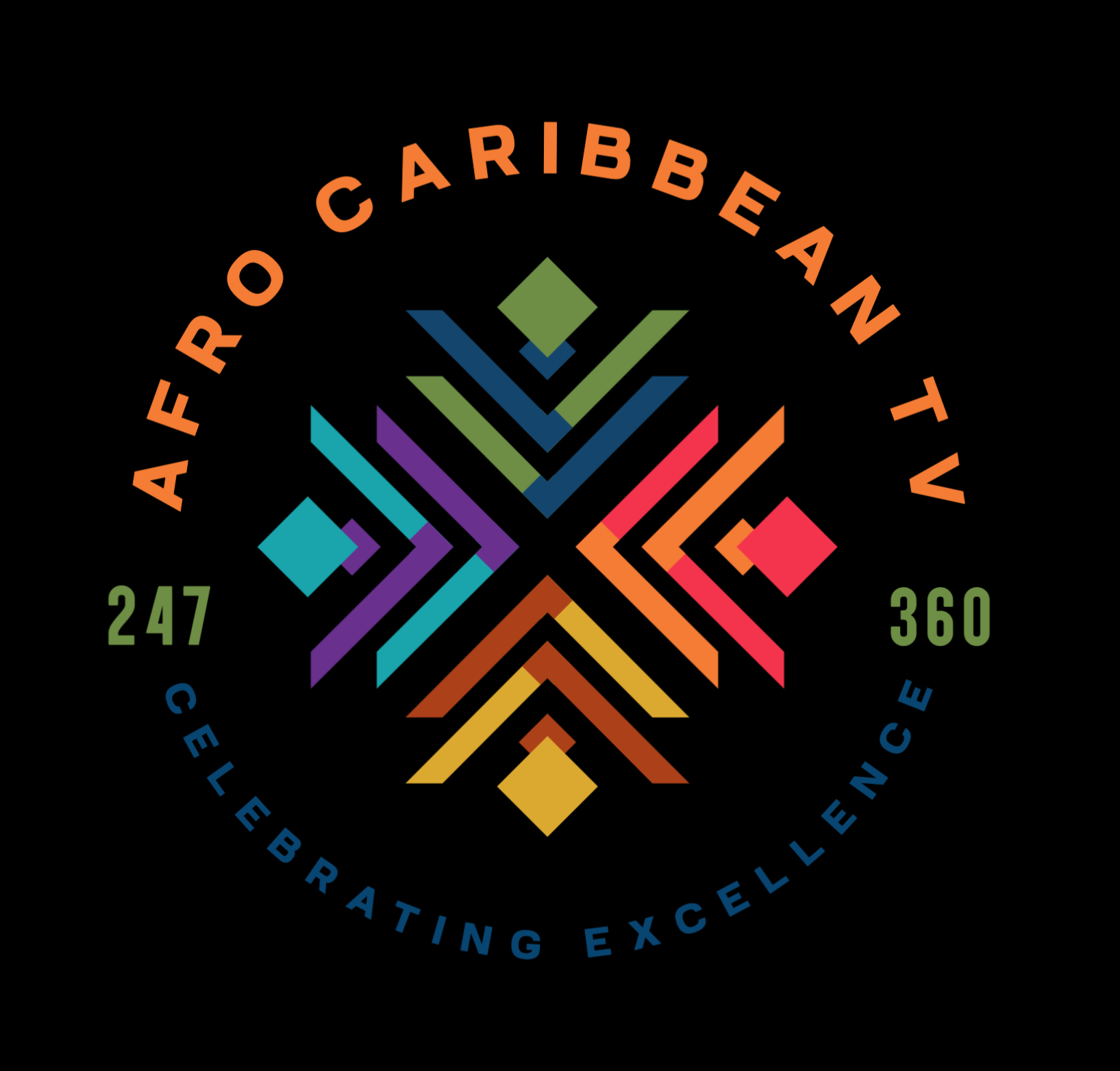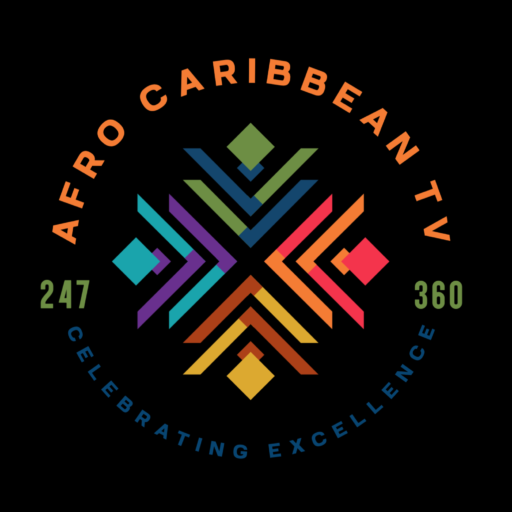Agriculture in Curaçao plays a limited but culturally significant role, due to the island’s arid climate, poor soil quality, and scarce freshwater resources. While agriculture is not a major contributor to the economy, there are efforts to revive local food production through innovation and sustainability.
Here’s an overview of Curaçao’s agriculture:
1. Climate & Geography
- Curaçao has a semi-arid climate: hot, sunny, and dry most of the year.
- Rainfall is low and unpredictable, especially in central and southern regions.
- The soil is rocky and saline, limiting the variety and scale of crops that can be grown.
- Most food is imported (about 90–95%).
2. Main Crops
Despite the harsh conditions, Curaçao does produce some local crops:
| Crop | Notes |
|---|---|
| Aloe vera | Well-adapted to dry conditions; used in cosmetics and wellness |
| Sorghum (maishi chiki) | Traditionally grown for local dishes like funchi |
| Papaya, melon, mango | Grown in limited quantities |
| Plantains & bananas | Cultivated in small-scale farms |
| Herbs | Basil, oregano, and mint in controlled environments |
| Vegetables | Leafy greens, tomatoes, and peppers grown in hydroponic systems or greenhouses |
3. Livestock
- Goats: Most common livestock; used for meat (kabritu), a staple in Curaçaoan cuisine.
- Sheep, chickens, and pigs: Also raised, though less extensively.
- Honey production: Practiced locally with indigenous bees.
4. Agricultural Challenges
- Water scarcity: Rainwater harvesting and desalinated water are used, but expensive.
- Soil degradation: Limits traditional farming methods.
- Hurricanes and droughts: Can devastate crops and infrastructure.
- Urban development: Reduces available land for farming.
5. Innovations & Sustainable Practices
To combat these issues, modern farming methods are being introduced:
Hydroponics & Aquaponics
- Soil-free farming techniques that use nutrient-rich water.
- Several local farms now use hydroponic greenhouses to grow leafy vegetables year-round.
Community & Urban Farming
- Initiatives promote home gardening, school gardens, and community plots to boost food security.
Permaculture & Regenerative Agriculture
- Emphasis on drought-resistant crops, composting, and natural pest control.
6. Institutions & Support
- KAMIPLU: An organization that supports small-scale farmers.
- Department of Agriculture, Livestock, and Fisheries (LVV): Government agency overseeing agricultural policy.
- Partnerships with universities, NGOs, and international donors promote innovation and training.
7. Agro-Tourism & Local Products
- Landhuizen (plantation estates) now host eco-farms, herb gardens, and educational tours.
- Local products include:
- Curaçao liqueur (made from Laraha citrus peels)
- Goat cheese
- Local honey
- Aloe-based cosmetics
Agriculture’s Economic Role
- Agriculture contributes less than 1% to Curaçao’s GDP.
- However, it is gaining attention for its role in:
- Food security
- Cultural preservation
- Environmental sustainability


